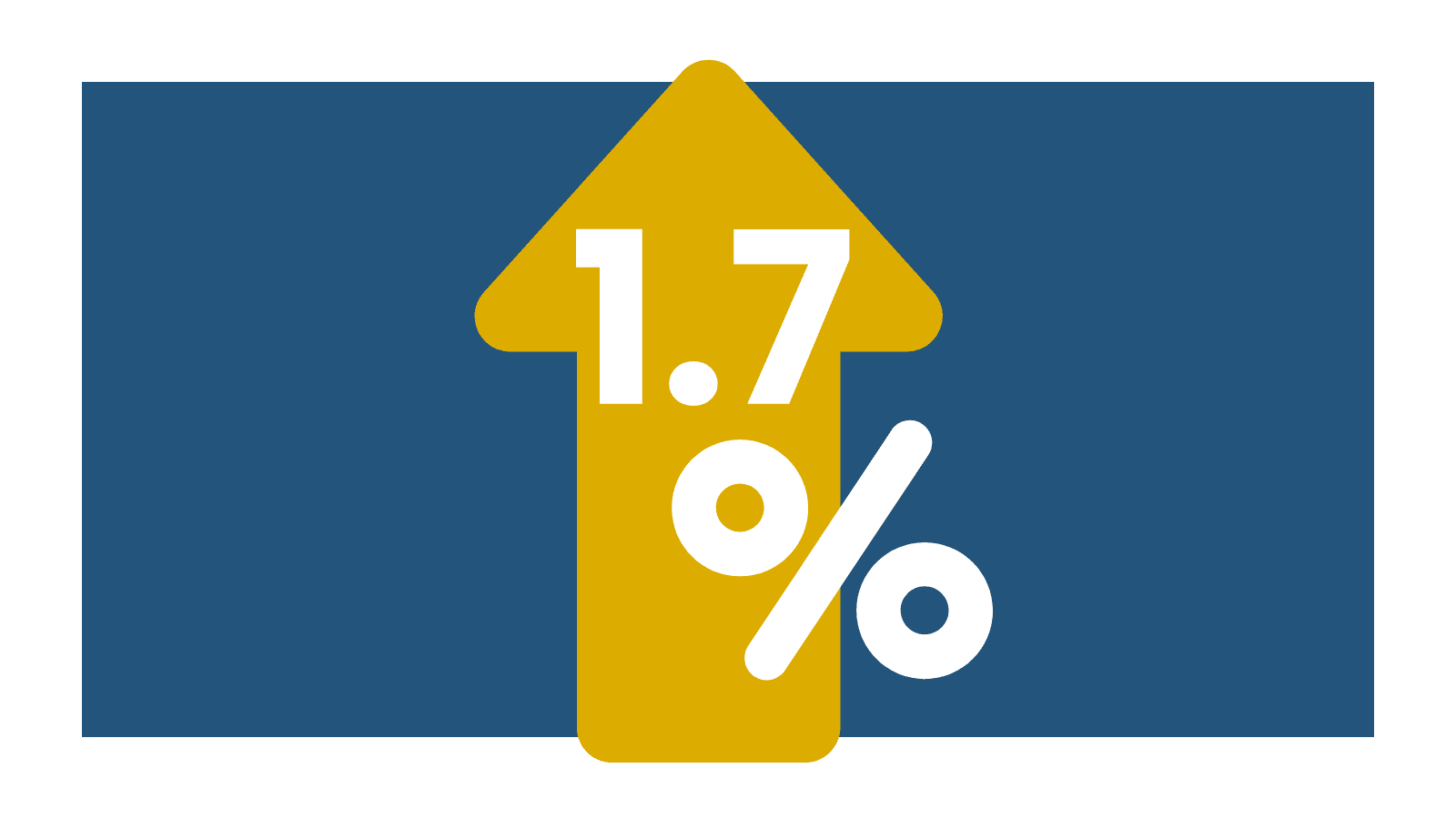
The British Army has unveiled ‘Future Soldier’ today, its most radical transformation programme in over 20 years.
Following on from the Integrated Review and the significant increase in defence spending announced by the Government last year, Future Soldier demonstrates how the Army is modernising to address next-generation threats across the globe.
This will be bolstered by an additional investment of £8.6 billion in Army equipment over the next ten years. This will bring the total equipment investment to £41.3 billion for that period.
Alongside investment in our people, infrastructure, emerging technologies, and cyber capabilities, Future Soldier will position the Army as a globally engaged fighting force that benefits the whole of our Union.
Defence Secretary Ben Wallace said:
“Future Soldier is reinforced by the ambition outlined in the Defence Command Paper to transform the Army into a more agile, integrated, lethal, expeditionary force.
We have underpinned this generational work with an extra £8.6bn for Army equipment, bringing the total investment to £41.3bn.
Our Army will operate across the globe, equipped with the capabilities to face down a myriad of threats from cyber warfare through to battlefield conflict.”
Commander Field Army Lt Gen Ralph Wooddisse said:
“Future Soldier is the next evolutionary step for the British Army; the most radical change for the British Army in 20 years. It will mean changes to the way we operate our structure, technology, and workforce.
This will make us leaner, more agile and adaptable. Future Soldier is about ensuring the British Army is a competitive and resilient organisation able to meet the challenges of modern warfare.”
Ranger Regiment
One of the most significant changes is the creation of a new Ranger Regiment. Standing up from 1 December 2021, the Regiment will embody the Army’s new expeditionary posture. It will form part of the newly established Army Special Operations Brigade and will be routinely deployed alongside partner forces around the world to counter extremist organisations and hostile state threats.
This shift to a globally engaged posture will mean more personnel are deployed for more of the time, with a new network of Land Regional Hubs based on existing training locations in places such as Oman and Kenya.
The Ranger Regiment’s cap badge will take its inspiration from the Peregrine Falcon and everyone will wear a metal badge, irrespective of rank.
Modernised Warfighting
Another key pillar of Future Soldier is ensuring the Army is a central contributor to NATO warfighting by delivering a fully modernised warfighting division by 2030, with capabilities designed to detect and defeat at greater range and accuracy.
New equipment such as Ajax, Boxer, Challenger 3, AH-64E Apache, long range precision fires and un-crewed aerial systems will be introduced, while much of the fighting force will fall under new self-sufficient Brigade Combat Teams.
To ensure land forces adapt at a rapid pace to challenge future threats, a new Experimentation and Trials Group will be established in 2022, leading on trialling new technologies and integrating them into how soldiers will fight and operate. The Army will also benefit from a significant share of the £6.6 billion R&D investment.
Our people
Creating an Army fit for the future will see some restructuring and reorganisation of units over the next four years, which will be supported by a rebalancing of personnel across the United Kingdom. The Regular Army will stand at 73,000 strong by 2025 and combined with an Army Reserve of 30,000, the British Army will stand at over 100,000.
The proportion of the Army based in Wales, Scotland and Northern Ireland will be sustained or increased by 2025, and this will be reinforced by around £3.35 billion from the Defence Estate Optimisation budget and a further £1.2 billion of Army investment in remaining sites.
Scotland
Scotland will be home to more units and a greater proportion of the Army’s workforce than today. Glencorse Barracks in Edinburgh will be retained, while Kinloss and Leuchars will continue to grow. The £355 million investment in the Army estate will deliver over a £1 billion of economic benefits to Scotland.
Wales
The number of soldiers in Wales is set to increase with the return of the ‘Welsh cavalry’, The Queen’s Dragoon Guards, and a new Reserve company of The Royal Welsh established in North Wales. The retention of Brecon and growth in Wrexham locations are part of a £320 million investment.
Northern Ireland
Northern Ireland will keep the same number of Army units but host a greater proportion of the Army’s workforce.
Reservists will play a pivotal role in the modern Army, taking principal responsibility for Homeland Protect and Resilience operations.
Opportunity for serving personnel
Future Soldier will drive forward changes to make the Army a great place for all, and for the first-time soldiers commissioning from the ranks will not be limited on how far they can be promoted – increasing the opportunity for a Private soldier to leave the Army as a General. Under the transformation programme, plans are also being developed to launch a Soldier Academy that mirrors the prestige of Sandhurst and new career management system that is fit for the digital age is also being developed.
Finally, a Force Mental Health Team will be established within the Field Army, who will help support the promotion of mental health and wellbeing and provide a deployable healthcare capability in support of persistent engagement.
Read the Defence Secretary’s full speech here
Source: Ministry of Defence All content is available under the Open Government Licence v3.0




